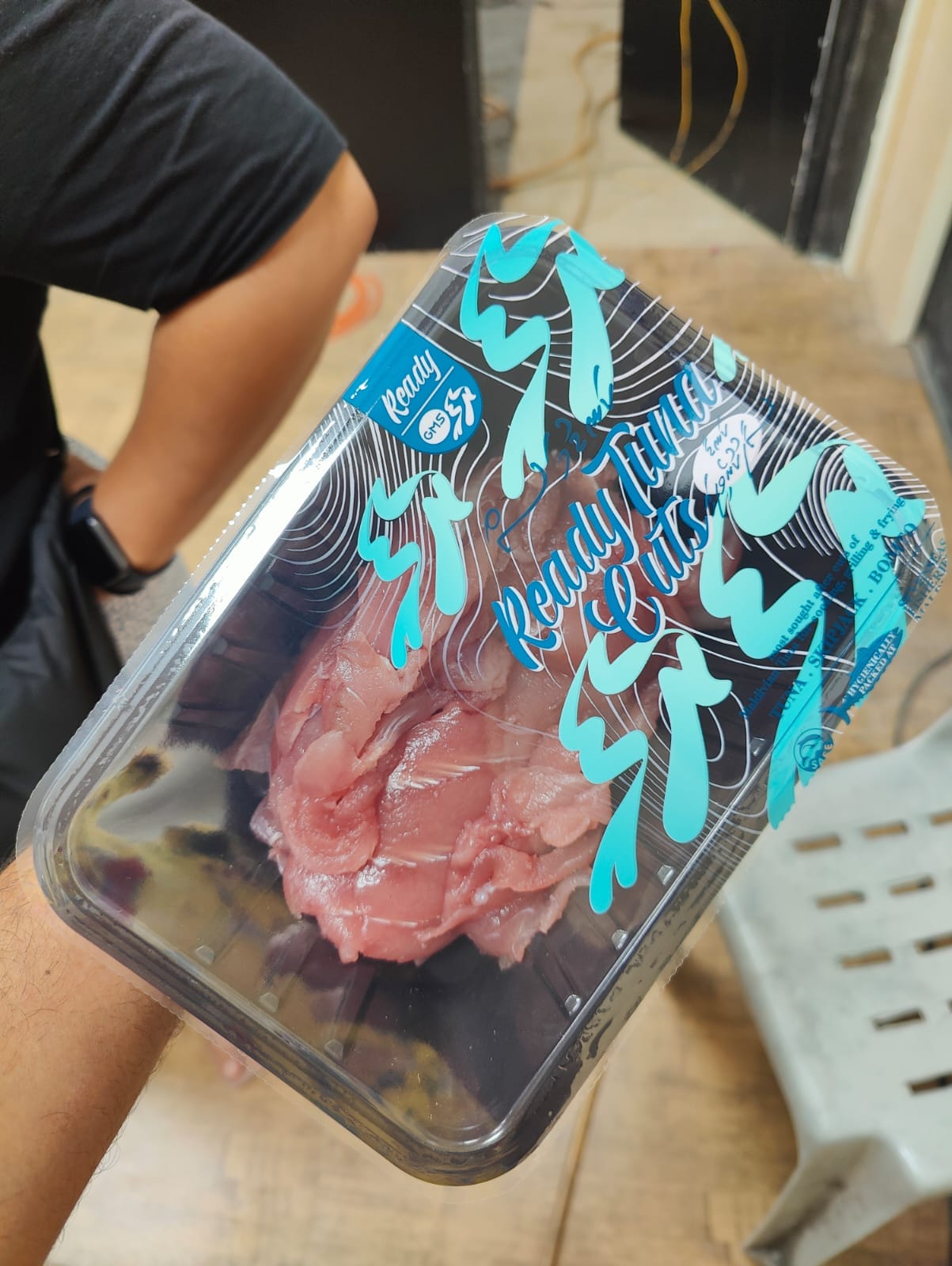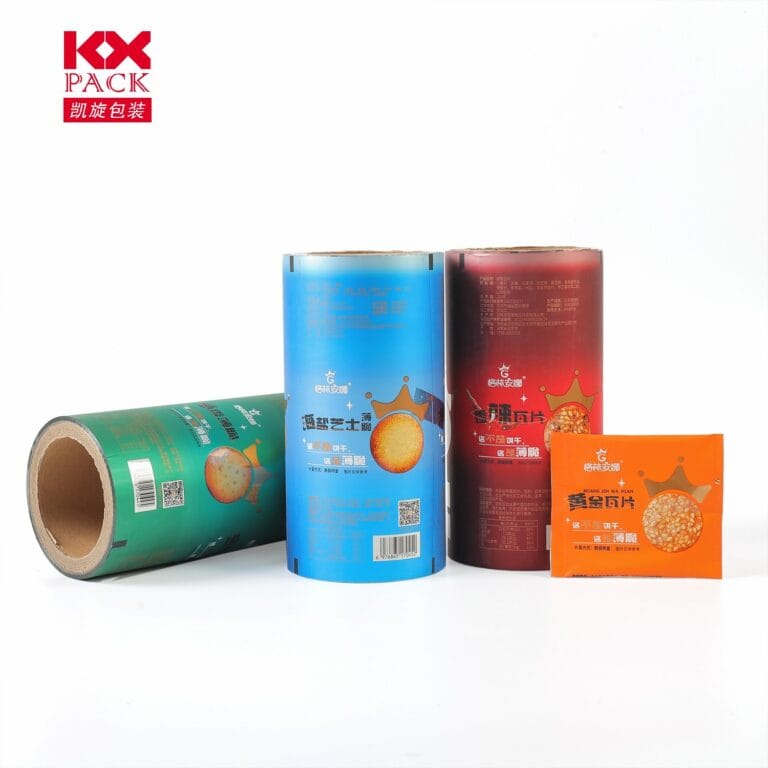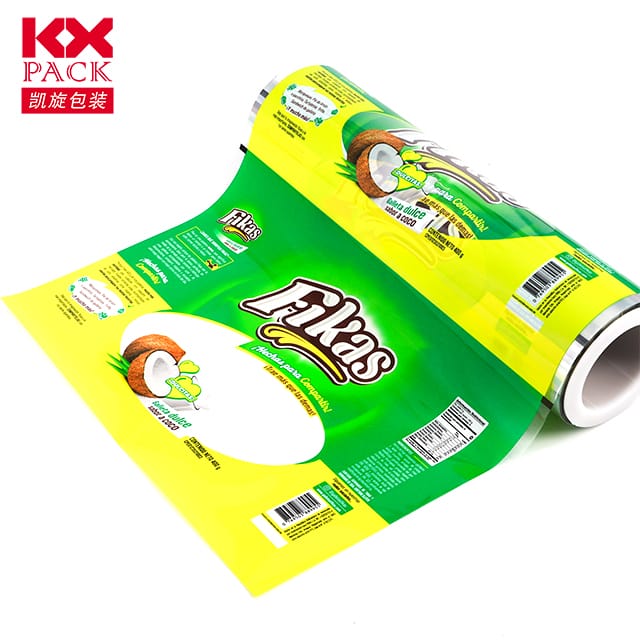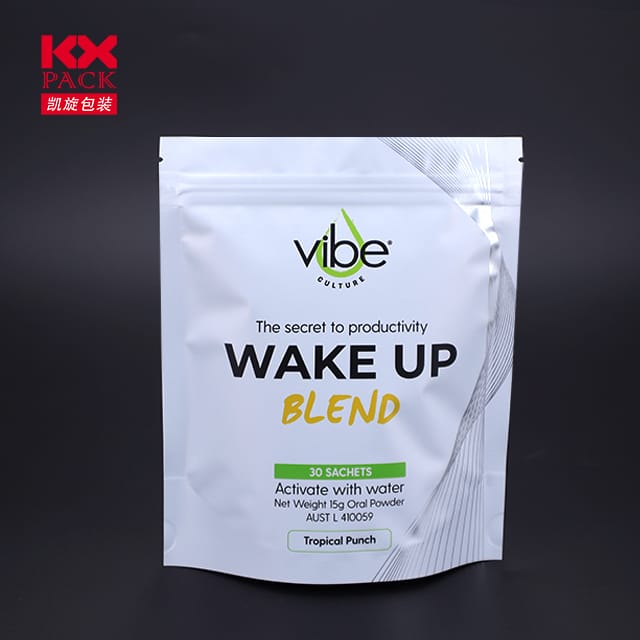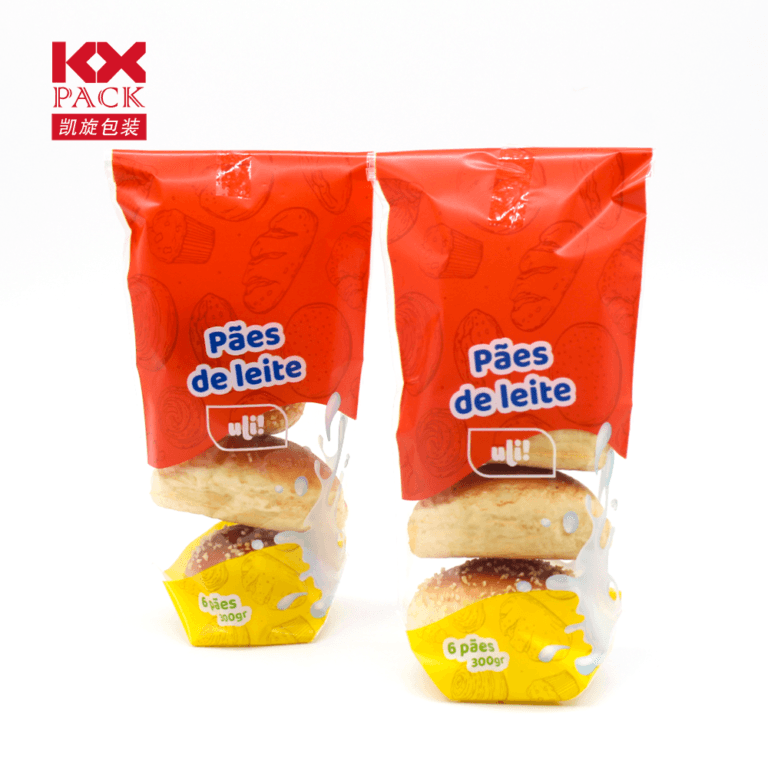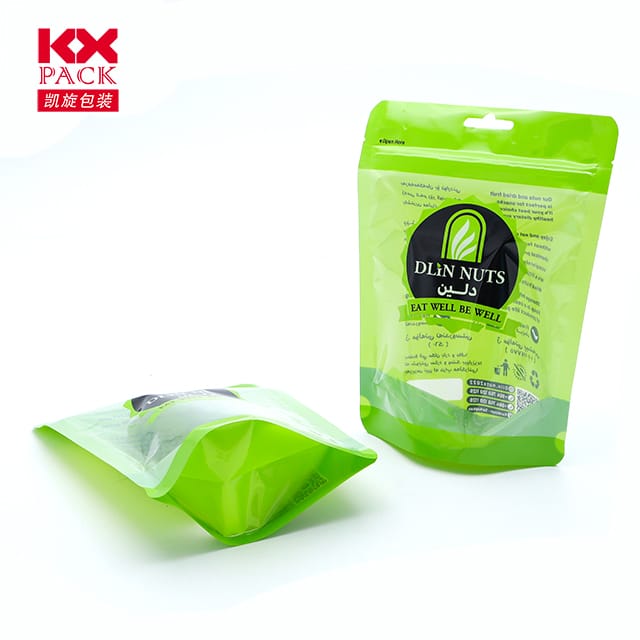La evoluo kaj efiko de flekseblaj filmoj enpakas: Daŭrigebla Revolucio (6)
Flekseblaj filmoj
En epoko kie daŭripovo, oportuno, kaj novigaj stiradaj pakaj solvoj, flexible films packaging has emerged as a cornerstone of modern industry. De manĝaĵoj kaj farmaciaĵoj ĝis konsumantaj elektronikaĵoj, Ĉi tiuj adapteblaj materialoj reformulas kiel produktoj estas protektitaj, Transportita, kaj prezentita. Ni esploru la dinamikon, Tendencoj, kaj estonta potencialo de ĉi tiu dinamika sektoro.
What Are Flexible Films Packaging?
Flexible films packaging refers to lightweight, non-rigid materials used to encase products. Unlike traditional rigid containers, these films—often composed of polymers like polyethylene (PE), polipropileno (PP), or multi-layer composites—conform to the shape of their contents, minimizing waste and optimizing space.
Key characteristics include:
- Malpeza & Daŭrebla: Reduces shipping costs and carbon footprints.
- Barrier Properties: Protects against moisture, oksigeno, kaj lumo, Etendante breto -vivon.
- Customizability: Printable, sealable, and adaptable to diverse formats (pouches, sakoj, envolvas).
Market Growth & Key Drivers
The global flexible packaging market was valued atUsona dolaro 210.62 miliardoj en 2023 and is projected to reachUsona dolaro 238.91 Miliardo De 2029, kreskante ĉe CAGR de2.12%. Ŝlosiloj inkluzivas:
- Shift from Rigid to Flexible Solutions: Brands prioritize cost-efficiency and sustainability, favoring flexible films over heavier, less eco-friendly alternatives.
- E-commerce Boom: Online retail demands lightweight, damage-resistant packaging for safe deliveries.
- Sanservo & Food Demand: Pharmaceuticals and perishable goods require sterile, airtight packaging, fueling innovation in high-barrier films.
Innovations in Material Science
Recent advancements in flexible film technology focus onsustainability and performance:
- Mono-Material Structures: Kompanioj kiel Huhtamaki are pioneering single-polymer films (T.e., PE or PP) Simpligi recikladon.
- Biodegradeblaj filmoj: Made from renewable resources (T.e., PLA), these reduce plastic waste.
- High-Barrier Coatings: Advanced polymers like Polivinilidena klorido (PVDC) or ethylene vinyl alcohol (EVOH) enhance shelf life without compromising recyclability.
Regional Dynamics
Asia-Pacific dominates the market, accounting for58% of global volume in 2023, driven by:
- Rapid Urbanization: Rising middle-class populations in China and India boost demand for packaged goods.
- E-commerce Expansion: Online shopping platforms like Alibaba and Flipkart rely on flexible films for efficient logistics.
- Regulatory Push: Governments mandate eco-friendly packaging, accelerating adoption of recyclable/compostable films.
Defioj & Estonta Perspektivo
Despite growth, the sector faces hurdles:
- Recycling Complexity: Multi-layer films are hard to separate, complicating circular economy efforts.
- Raw Material Volatility: Fluctuating polymer prices impact margins.
Tamen, the future looks promising:
- Inteligenta Pakado: Films embedded with sensors for freshness tracking or anti-counterfeiting.
- Circular Design: Modular, reusable packaging systems that minimize waste.
- Collaborative Innovation: Partnerships between material scientists, brands, and recyclers to close the loop.
Konkludo
Flexible films packaging is more than a convenience—it’s a strategic imperative for a sustainable future. As brands and consumers demand smarter, greener solutions, this sector will continue to evolve, blending cutting-edge science with practical design. The road ahead? A balance of innovation, responsibility, and adaptability to meet the needs of a changing world.
Stay tuned for more insights on packaging trends—where science meets sustainability! 🌍📦✨
Sources: QYResearch, MarketsandMarkets, GlobeNewswire, Packaging World

